World Heritage Sites and Wildlife
In the vast tapestry of our world, World Heritage Sites stand as pillars of cultural and natural significance, weaving together the threads of our shared history and the wonders of biodiversity.
As visitors traverse these hallowed grounds, they are met not only by ancient ruins and architectural marvels but also by the untamed beauty of wildlife thriving in harmony with their surroundings.
The symbiotic relationship between these sites and their inhabitants holds secrets waiting to be unraveled, shedding light on the delicate balance between conservation and exploration.
Key Points
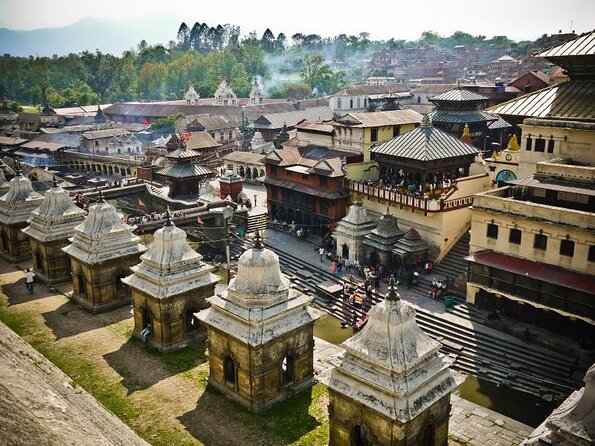
- World Heritage Sites and wildlife hold immense cultural and natural significance.
- Biodiversity hotspots play a crucial role in maintaining the planet’s biodiversity.
- Threats like illegal poaching and habitat destruction require immediate attention.
- Sustainable tourism practices in protected areas help conserve wildlife and habitats.
Importance of World Heritage Sites
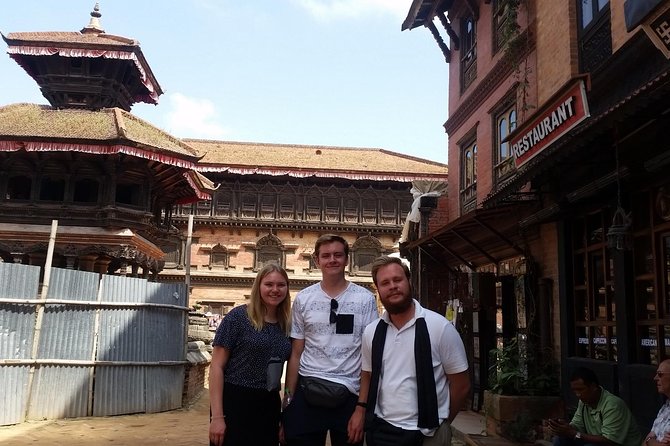
Recognized for their outstanding universal value, World Heritage Sites hold immense cultural, historical, and natural significance that transcends borders and generations. Their significance lies in their ability to represent the collective heritage of humanity, showcasing exceptional cultural achievements or areas of outstanding natural beauty.
Preservation efforts are paramount in safeguarding these sites for future generations. Through the dedication of organizations, governments, and local communities, these places are protected from threats such as climate change, urbanization, and pollution.
The preservation of World Heritage Sites not only ensures the conservation of unique cultural and natural treasures but also fosters a sense of pride and identity among different societies. These sites serve as living testaments to the rich tapestry of human history and the beauty of the natural world.
Biodiversity Hotspots Around the Globe
Exploring the globe reveals a myriad of biodiversity hotspots, each teeming with unique ecosystems and species waiting to be discovered and protected. These hotspots play a crucial role in maintaining the planet’s biodiversity by harboring a high concentration of endemic species.
Ecotourism benefits these areas by providing sustainable economic opportunities that incentivize local communities to engage in conservation efforts. By attracting visitors who appreciate and value the natural world, ecotourism helps raise awareness about the importance of preserving these delicate ecosystems.
Conservation efforts in biodiversity hotspots focus on implementing measures to protect endangered species, combat habitat destruction, and promote sustainable practices. Collaborative initiatives between governments, conservation organizations, and local communities are essential to safeguarding these vital areas for future generations.
Threats to Wildlife Conservation Efforts
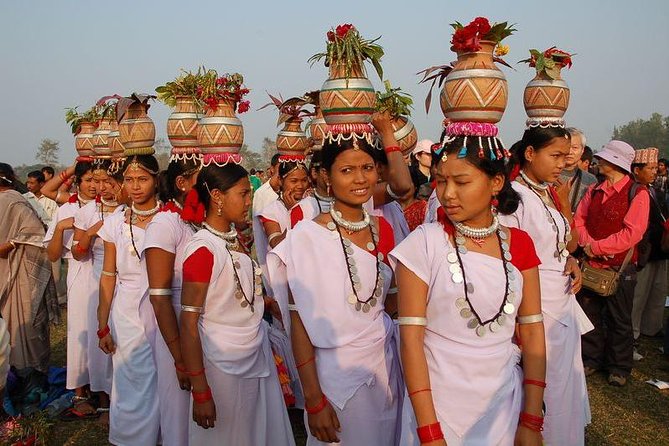
Venturing into these biodiversity hotspots unveils not only their natural wonders but also the looming threats that challenge wildlife conservation efforts on a global scale.
-
Illegal Poaching: Poaching remains a significant threat to wildlife in these protected areas, driven by the demand for exotic animal products.
-
Habitat Destruction: The encroachment of human activities, such as deforestation and urbanization, continues to diminish the natural habitats of many species.
-
Climate Change: The changing climate patterns pose a long-term threat to wildlife, disrupting ecosystems and altering the behavior of many species.
These challenges require immediate attention and concerted efforts to safeguard the biodiversity and ecological balance of these vital regions.
Sustainable Tourism Practices in Protected Areas
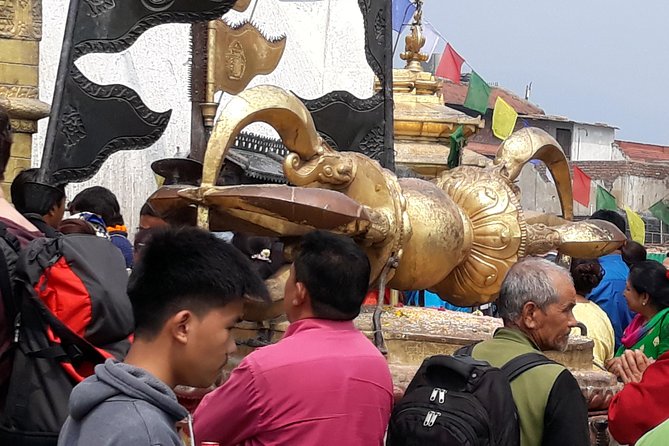
Sustainable tourism practices play a pivotal role in preserving the delicate ecological balance of protected areas worldwide. Community engagement and ecotourism initiatives are key components that help ensure the sustainability of these areas. By involving local communities in the decision-making process and supporting initiatives that promote responsible travel, the negative impact of tourism on the environment can be minimized.
| Benefits of Sustainable Tourism Practices | |
|---|---|
| Preservation of biodiversity | Reduced carbon footprint |
| Support for local economies | Promotion of environmental education |
These practices not only help conserve the natural habitats and wildlife within protected areas but also contribute to the overall well-being of the communities living in these regions.
Success Stories in Wildlife Preservation

In safeguarding the delicate ecological balance of protected areas, success stories in wildlife preservation vividly demonstrate the positive impact of sustainable tourism practices on biodiversity and local communities.
One remarkable success story is the reintroduction of endangered species, like the black rhino in South Africa, through carefully planned conservation strategies.
Another inspiring example is the hotel of community-based conservation programs in places like Kenya, where local communities actively participate in wildlife protection efforts, fostering a sense of ownership and pride.
Plus, the successful reduction of human-wildlife conflict through innovative approaches, such as building wildlife corridors to prevent habitat fragmentation, showcases how conservation efforts can benefit both wildlife and local inhabitants.
Through community engagement and strategic conservation initiatives, these success stories highlight the significant strides made in wildlife preservation.
Future Challenges for World Heritage Sites
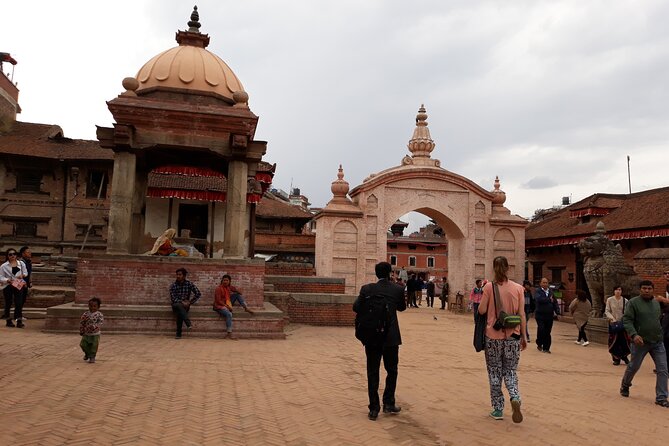
Navigating the intricate balance between tourism, conservation, and cultural preservation poses formidable challenges for World Heritage Sites in the modern era. Challenges arise from the increasing pressure of tourism on these sites, leading to environmental degradation and strain on resources.
Conservation efforts must address issues such as habitat loss, poaching, and climate change, all of which threaten the integrity of these invaluable locations. Balancing the needs of local communities with the preservation of these sites presents a delicate challenge, requiring sustainable solutions that benefit both people and the environment.
Strengthening regulations, enhancing monitoring systems, and fostering community engagement are crucial steps in overcoming these challenges and ensuring the long-term protection of World Heritage Sites for future generations to cherish and enjoy.
Common questions

How Can I Book a Tour to Visit World Heritage Sites and Experience Wildlife in Person?
To book a tour that combines visiting world heritage sites with experiencing wildlife firsthand, travelers can explore various tour packages. They should consider booking options that offer wildlife encounters and support conservation efforts for a fulfilling experience.
Are There Any Specific Guidelines or Regulations That Visitors Need to Follow When Visiting World Heritage Sites With Wildlife?
Visitors should always prioritize ethical practices when engaging in wildlife photography. Responsible tourism involves respecting animal welfare regulations and guidelines set by authorities. Following these rules ensures a positive experience for both visitors and the wildlife.
What Are Some Lesser-Known World Heritage Sites That Are Hidden Gems for Wildlife Enthusiasts?
Exploring lesser-known world heritage sites can reveal hidden gems for wildlife enthusiasts. These locations offer unique opportunities for wildlife photography and showcase the benefits of ecotourism. Engage with nature and support conservation efforts.
How Can Individuals Contribute to the Conservation Efforts of World Heritage Sites and Their Wildlife?
Individuals can engage in community projects, support sustainable practices, and contribute through donations or sponsorships. By participating actively and supporting conservation efforts, they play a significant role in safeguarding the environment and wildlife for future generations.
Are There Any Volunteering Opportunities Available for Those Interested in Actively Participating in Wildlife Preservation at World Heritage Sites?
Volunteering opportunities in wildlife sanctuaries allow active participation in conservation projects. By engaging in these initiatives, you can make a meaningful impact on preserving biodiversity and protecting endangered species within these vital ecosystems.
Last Words
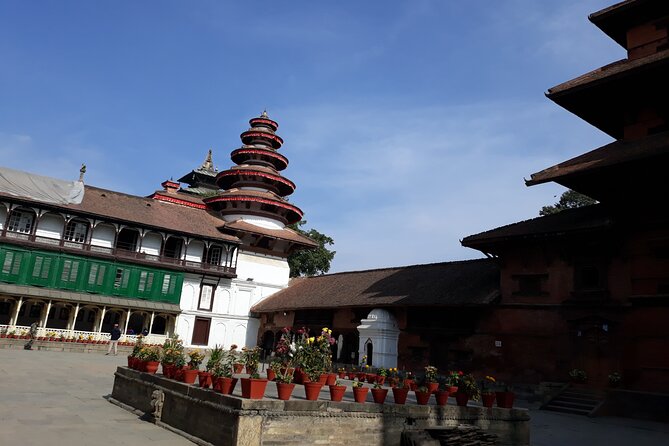
To sum it up, World Heritage Sites and their wildlife showcase the beauty and importance of preserving our planet’s heritage and biodiversity. By highlighting the significance of these sites, we can appreciate the unique landscapes and cultural treasures they offer.
Despite facing threats to conservation efforts, successful stories and sustainable tourism practices provide hope for the future. It’s crucial to continue protecting these extraordinary locations for generations to come, ensuring their survival and enriching our global ecosystem.